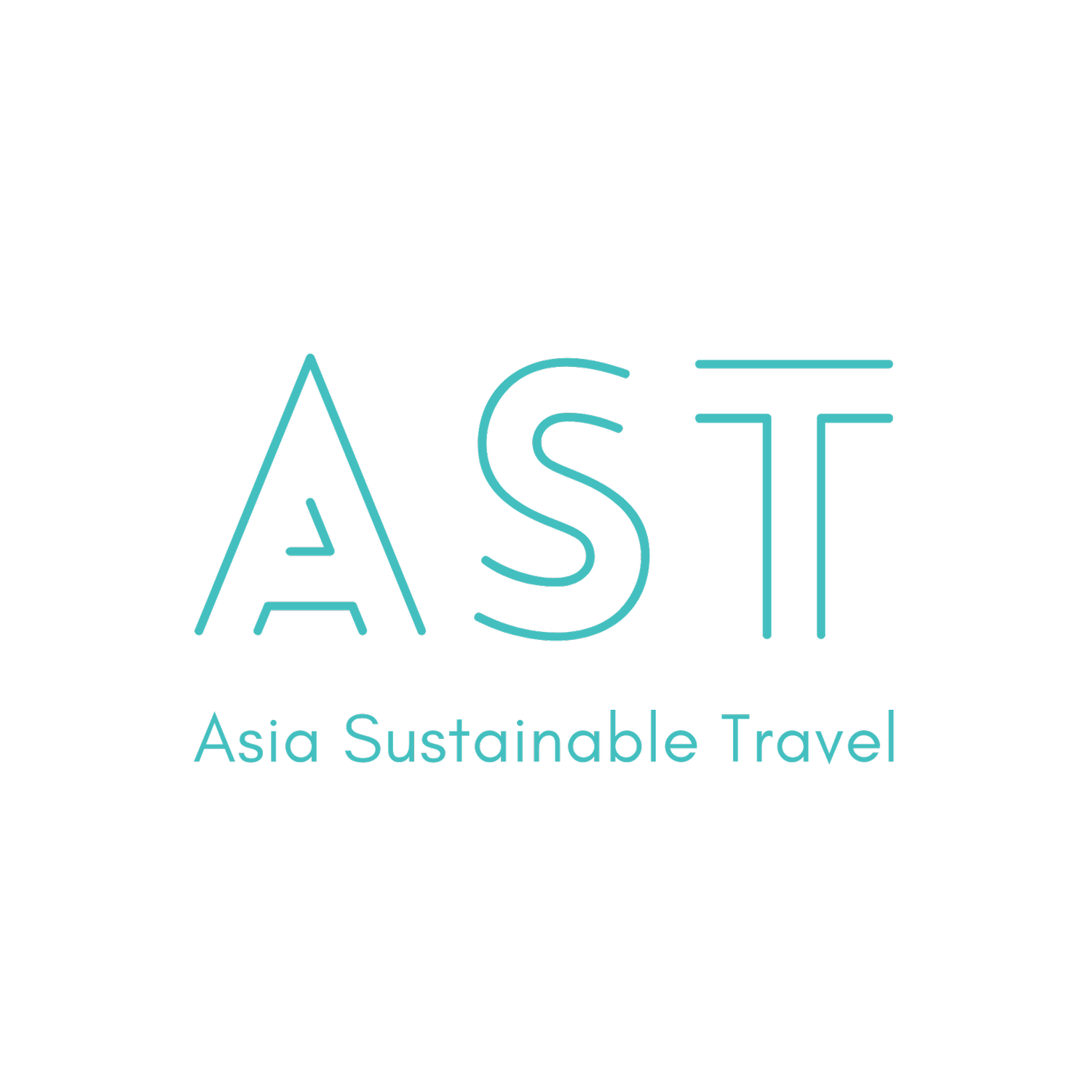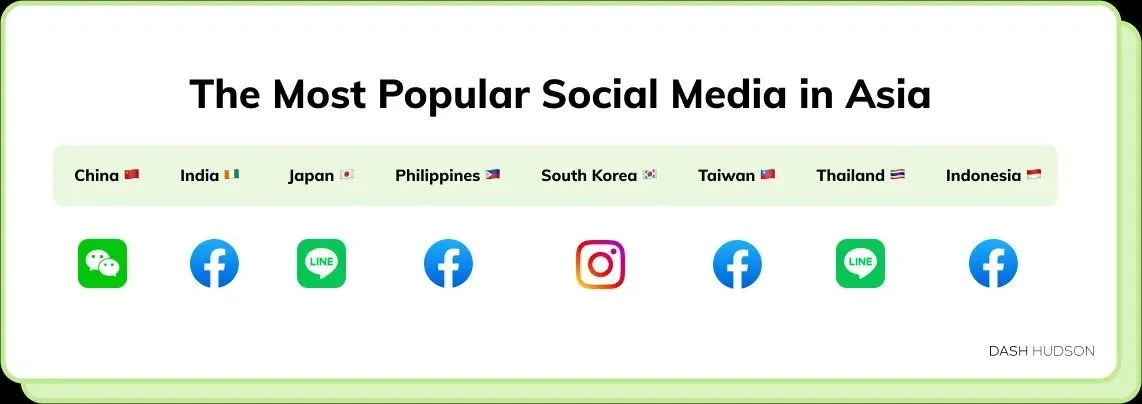From Confusion to Clarity: Avoid Greenwashing and Turn Sustainable Travel Intentions into Action
Reports after reports show that travelers increasingly want sustainable travel options. Yet they are confused by the information they see on social media, causing them not to take the actions they should.
Kantar's 2022 Sustainability Sector Index reveals a striking contradiction in the Asia Pacific region. Despite 98% of consumers expressing readiness for a more sustainable lifestyle, only 17% actively change their behavior to align with it.
Additionally, a significant 58% struggle to differentiate between environmentally friendly products and those that are not.
The report highlights this intention-action gap arises from lack of information, transparency, and concerns about higher costs.
In our view, travel marketers and hoteliers have a powerful opportunity: to align their business goals with responsible operation and promote their business authentically.
Here’s the caveat: social media has become a powerful tool for brands to connect with their audiences, particularly in the travel industry. However, the prevalence of disinformation and misinformation and a lack of accountability on social media only deepen consumer confusion, fueling doubts about the true meaning of sustainability and climate action.
How can well-intentioned travel companies counteract these opposing forces to earn the trust of the travelers they aim to serve and the communities they aspire to empower?
A growing number of sustainability-led travel companies are leaving hotly controversial platforms as a statement of their values despite spending years cultivating a following.
Responsible Travel, the world’s first and largest responsible holiday company, serving over 200,000 customers globally, recently took a courageous stand to delete its X account.
Source: Responsible Travel's Instagram
This decision followed a series of controversial statements by the platform’s owner, Elon Musk, who suggested that the U.K. was on the brink of a ‘civil war’ after racial riots on the weekend of August 3, 2024. One must acknowledge the fact that Responsible Travel made this decision after 15 years of community-building, amassing 16,500 followers on this platform.
While many praised this action, others believed that Responsible Travel could have remained on the platform, continuing to be a positive force for ethical and sustainable travel among X’s 335 million monthly active users.
Responsible Travel’s bold move is a shining example of the greater ethical marketing movement in travel that promotes the rewards associated with travel while considering its social, economic and environmental impact.
In business, authenticity and transparency are the foundation of trust. When travel companies clearly uphold their values, they build credibility, leading to brand loyalty and a stronger bottom line.
This brings us back to a statement Uwern Jong, Co-founder of OutThere, said in a recent interview with Asia Sustainable Travel, “Business activism breeds societal activism.”
Craft Authentic Narratives: Messaging Content Matters
Compelling content on social media sparks people’s interest in visiting places, eating foods, and taking part in experiences that they did not know before.
So, for sustainable travel brands, the starting point of their marketing journey is about focusing on crafting narratives that not only resonate with their target audience’s values and expectations but also highlight their ethical practices.
Marketers have a plethora of tactics, from visual storytelling with stunning images and fun videos to interactive campaigns like giveaways, inviting audiences to engage directly with their brand.
Yet, regarding whichever marketing tactics brands or destinations deploy, they must “be mindful of content messaging across all channels and in all contexts,” as Tara Schwenk outlines in her article “Sustainable Marketing for Travel Brands: 5 Tips for Getting Started” for Lemongrass Marketing.
In the article, she highlights social media posts with tone-deaf captions like Top 10 Spots You Won’t Want to Miss at Destination A “flattens destinations and disregards impacted local communities” while encouraging overtourism.
Avoid Greenwashing
Careless messaging could also lead to greenwashing, which makes people believe that your company is doing more to protect the environment than it really is.
Some companies resort to catchy sustainable travel slogans without backing them up with concrete actions. This deceives consumers into believing your companies prioritize sustainability. An example is when a resort might claim to be “eco-friendly” in their marketing campaigns, yet fail to implement any actual environmentally responsible practices. These are “empty claims” to distort reality.
Companies could be “over indexing” when they exaggerate the positive impact of their community engagement initiatives without disclosing any potential negative consequences.
Creatives for Climate’s Anti-greenwash Guide for Agency Leaders outlines ways in which a brand can communicate its sustainability initiatives responsibly.
Source: Creatives for Climate
—> Also check out Why the Influencer Industry Needs Guardrails on Harvest Business Review.
Target the Right Social Media Channels
Choosing where to say what you want to say is equally important.
The example of leading organizations like Responsible Travel deactivating its X account sends a powerful message to many in the sector.
This move not only reflects a commitment to ethical practices but also underscores the influence that platform choice has on brand reputation and consumer perception. When a respected organization decides to leave a major social media platform, it prompts others in the industry to reconsider the implications of their digital presence and the values they align with.
In the summer of 2020, more than 1,000 companies of all sizes boycotted Facebook for failing to stop the spread of hate. The impact of this action remains in question till today.
In Asia-Pacific, combatting greenwashing and turning consumers’ sustainable travel intentions into action would require brands to implement laser-focused marketing strategies, largely because of the region’s complex and fragmented social media markets.
Navigating Asia’s Digital Maze: One Size Doesn’t Fit All
Asia’s consumers are exposed to more digital platforms than the global average. From TikTok and YouTube to Kakao and WeChat, the sheer diversity of platforms means that brands must navigate a highly intricate landscape and tailor their messaging to resonate with distinct cultural and social norms across different regions.
This fragmentation requires travel brands to hold a deep understanding of the local digital ecosystem, where one-size-fits-all strategies are often ineffective.
For example, TiKTok is inaccessible in India, the world’s populous country. Most Western social media platforms such as Facebook and Instagram are blocked in Mainland China. LINE is the most popular social networking app in Japan and Thailand.
Source: Popular Social Media Apps in APAC by Dash Hudson
Messaging in Asia’s Regulated Digital Landscape
In many Asian countries where online discourse is heavily monitored or censored, brands must tread carefully to balance their messaging to ensure it aligns with local regulations while still communicating their values effectively. This often means that what works on Western platforms might need significant adaptation to be appropriate and impactful in Asian contexts.
These complexities present both challenges and opportunities.
Brands that can successfully navigate Asia’s fragmented social media landscape have the potential to influence a massive, diverse audience. However, it requires a strategic approach, where understanding the nuances of each platform and its user base is critical to success.
In the second part of this story, we’ll deep dive into platform strategies that travel companies can harness to drive the conversation and influence their target audience in Asia.












